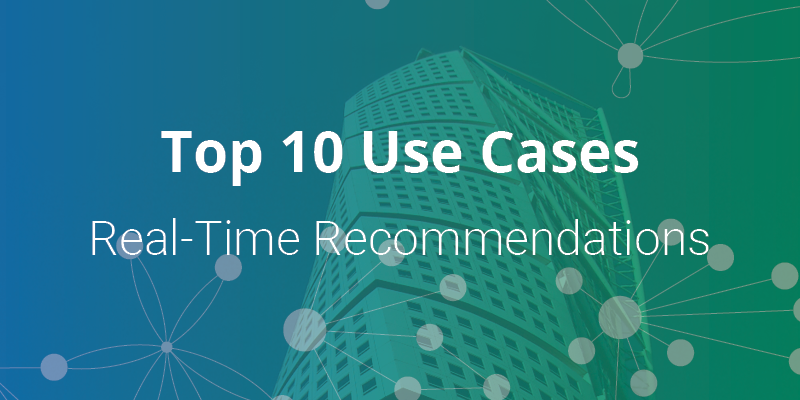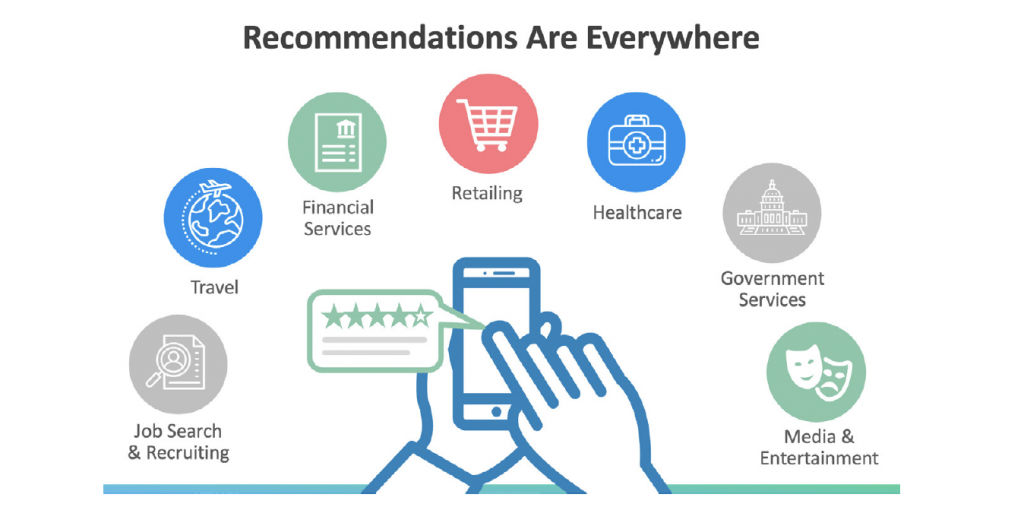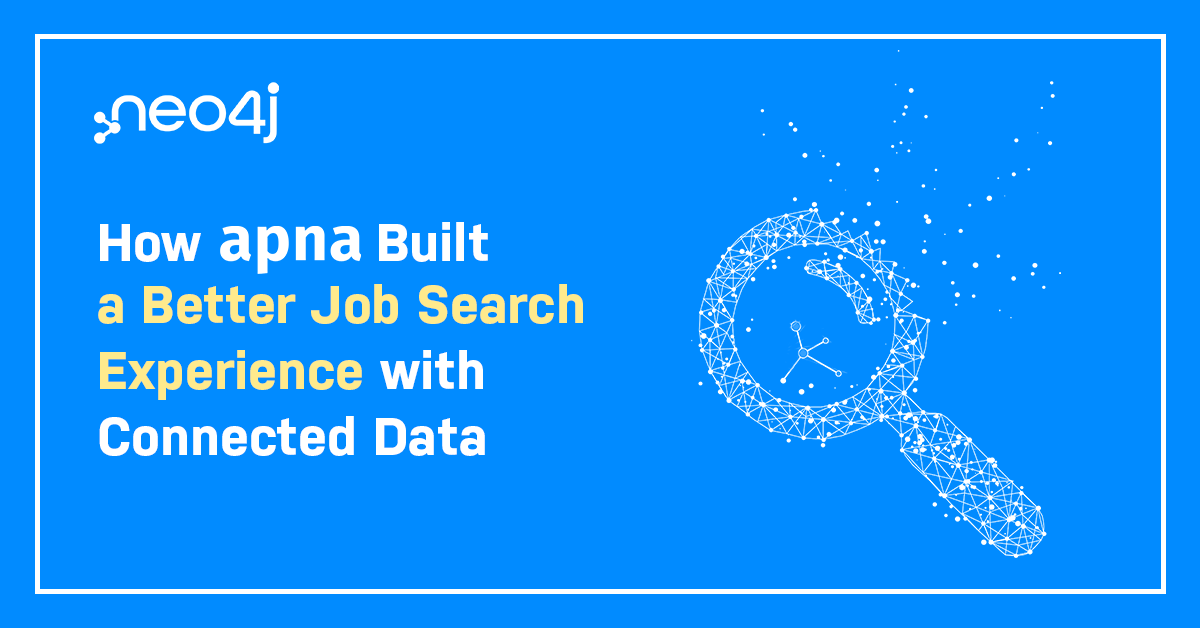Top 10 Use Cases: Real-Time Recommendations

Chief Scientist, Neo4j
1 min read

Graph technology is the future. Not only do graph databases effectively store relationships between data points, but they’re also flexible in adding new kinds of
relationships or adapting a data model to new business requirements.c
But how do companies today use graph databases to solve tough problems? In this blog series, we’ll cover the top 10 use cases for graph technology and for each we include a real-world example. Last week we talked about fraud detection and anti-money laundering.
This week we continue our 10-part series with a look at using graph technology for real-time recommendations, including how eBay uses natural language understanding to generate recommendations using Neo4j.
Use Case #2: Real-Time Recommendations
Whether your enterprise operates in the retail, services, media or social sector, offering your users highly targeted, real-time recommendations is essential to maximizing customer value and staying competitive. Unlike other business data, recommendations must be inductive
and contextual in order to be considered relevant by your end users.
With graph technology, you’re able to combine a customer’s browsing behavior and demographics with their buying history to instantly analyze their current choices and immediately provide relevant recommendations – all before a potential customer clicks to a competitor’s website.
Why Use Graph Technology to Power Real-Time Recommendation Engines?
The key technology in enabling real-time recommendations is the graph database, which out-classes other database technology for connecting masses of buyer and product data (or connected data in general).
Making effective real-time recommendations depends on a data platform that understands the relationships between entities, as well as the quality and strength of those connections. Only graph technology efficiently tracks these relationships according to user purchase, interactions and reviews to provide the most meaningful insight into customer needs and product trends.
Graph-powered recommendation engines often take two major approaches: identifying resources of interest to individuals, or identifying individuals likely to be interested in a given resource. With either approach, graph database technology makes the necessary correlations and connections to serve up the most relevant results for the individual or resource in question.
Example: eBay
Ecommerce leader eBay is continually looking to improve ways shoppers search for items.
However, existing product searches and recommendations are currently unable to provide or infer contextual information within a shopping request, explains eBay SVP & Chief Product Officer RJ Pittman.
eBay’s goal was to build a real-time recommendation engine that understands and learns from the contextual language supplied by the shopper and quickly zeroes in on specific product recommendations. Specifically, to build the eBay App for Google Assistant, the knowledge graph they needed would be coupled with natural language understanding (NLU) and artificial intelligence to store, remember and learn from past interactions with shoppers.
eBay chose Neo4j as the native graph database that holds probabilistic models, which aid understanding in the conversational shopping scenario. The Neo4j graph contains both the product catalog and the attributes of shopper interactions while seeking products.
Moreover, deploying a chatbot to their user base required internet scale with a high degree of resiliency and availability, predictable responses in milliseconds and support from graph experts with experience in these types of deployments. Neo4j includes highly available clustering and exceptional write and read performance – even with millions of nodes, and is highly responsive to such user requests.
The resulting application includes the Neo4j graph database and NLUs that not only understand speech, but also include spelling and grammar intention while parsing these conversations for meaning and context.
The application is currently running in Docker containers in the cloud. Moving forward, the eBay team expects to deploy the chatbot across multiple platforms via plugins like Slack and
Microsoft.
Conclusion
Real-time recommendation engines provide a key differentiating capability for enterprises in retail, logistics, recruitment, media, sentiment analysis, search and knowledge management. Storing and querying recommendation data using graph data technology allows your
application to provide real-time results, rather than pre-calculated, stale data.
As consumer expectations increase – and their patience decreases – providing relevant, realtime suggestions will become a greater competitive advantage than ever before.
Next week, in blog three of our series on the top 10 use cases, we will cover a topic that is growing in popularity: knowledge graphs.








